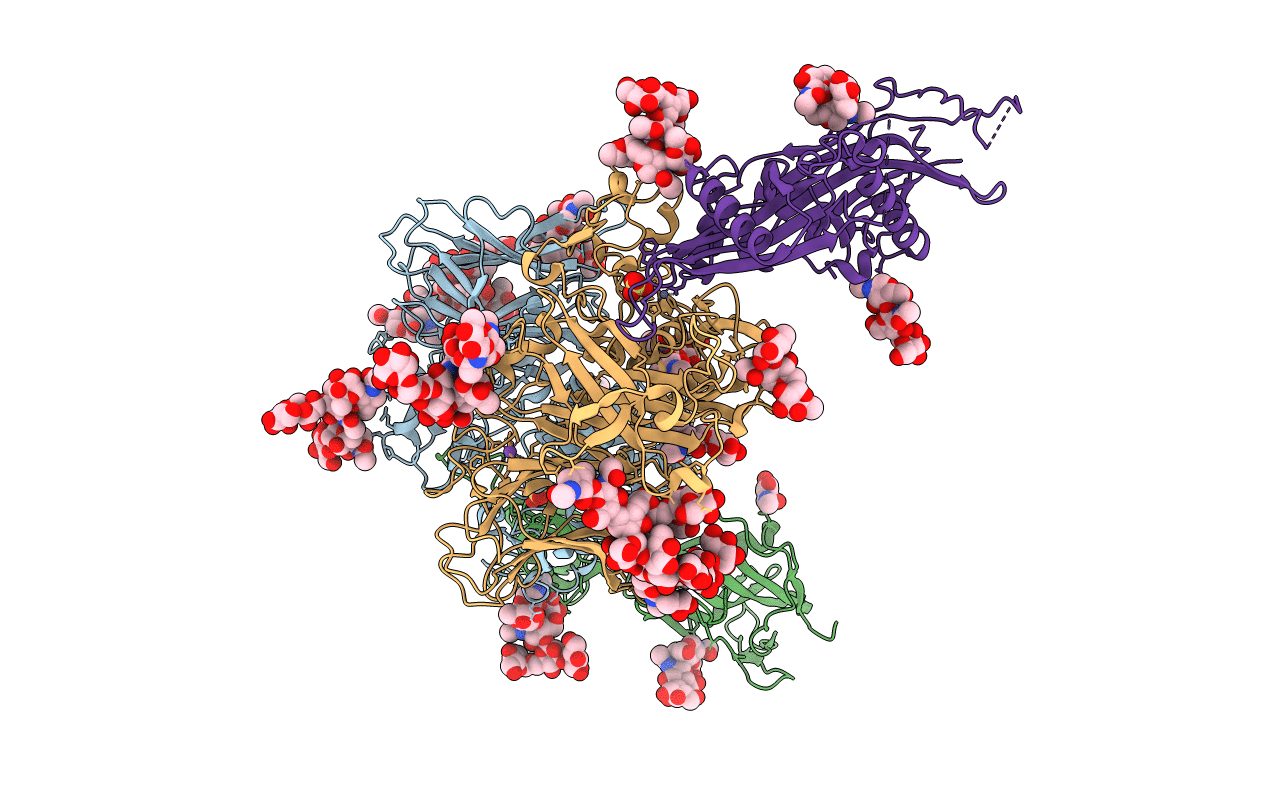
Deposition Date
2020-11-03
Release Date
2021-04-14
Last Version Date
2024-10-16
Entry Detail
PDB ID:
7AUW
Keywords:
Title:
Inhibitory complex of human meprin beta with mouse fetuin-B.
Biological Source:
Source Organism:
Homo sapiens (Taxon ID: 9606)
Mus musculus (Taxon ID: 10090)
Mus musculus (Taxon ID: 10090)
Host Organism:
Method Details:
Experimental Method:
Resolution:
2.80 Å
R-Value Free:
0.26
R-Value Work:
0.23
R-Value Observed:
0.23
Space Group:
P 1 21 1


